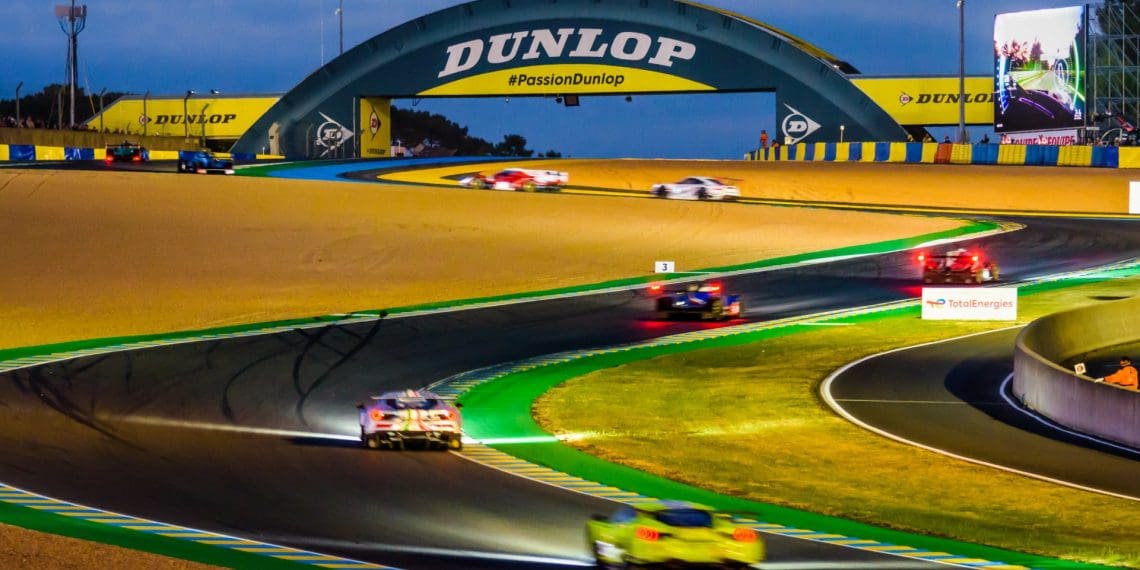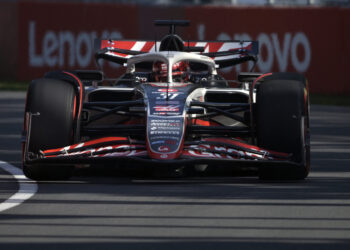In a first for the Hypercar era, the weight of drivers will now play a crucial role, introducing a ballast system based on the average weight of a team’s driver lineup. This development is set to delight many, including Max Verstappen, who had previously advocated for such a rule before considering participation in the Le Mans 24 Hours.
Under the new rule, the average weight of a driver lineup must be no less than 82kgs. For instance, if a team’s driver lineup averages at 80kgs, a 2kg ballast will be added to reach the 82kg minimum. In the absence of this rule, teams could have strategically chosen lighter drivers for performance advantages, leading to severe health complications for heavier drivers trying to lose weight.
A similar rule was implemented in 2015 during the World Endurance Championship, benefiting drivers like Alexander Wurz, who stands tall at 1.86 metres. However, the rule was inexplicably dropped when the Hypercar class was introduced in 2021.
In single-seater races, driver weight is a crucial factor. Formula 1 mandates ballast for drivers under 80kg, a limit set to rise to 82kg in 2025. The weight disparity can sometimes be as much as 20 kilograms, creating noticeable performance differences.
There has been a strong call for change from drivers. Ferrari’s James Calado, a vocal advocate for weight regulations, revealed he suffered from malnutrition trying to lose weight. This also significantly impacts team strategies, pushing teams to often choose their lightest drivers for qualifying.
Team Jota driver Norman Nato echoed Calado’s sentiments, expressing a feeling of injustice. He cited an instance where he was unable to participate in qualifying sessions due to his weight difference compared to a teammate. This issue isn’t exclusive to the World Endurance Championship but has also fueled numerous discussions in the F1 paddock.
Max Verstappen, George Russell, and Charles Leclerc have all voiced their opinions on the matter. They stress the need for a minimum weight requirement to level the playing field, regardless of a driver’s natural weight.
This outcry from the drivers may have been what prompted the ACO/FIA tandem to take action. In response to the controversy, the governing bodies of the FIA World Endurance Championship have revised their position, and weight compensation will be a significant change in the 2025 sporting regulations.
Two solutions were considered: a simple ballast or adjusting the power level based on the driver’s weight via the driver ID in the electronics. The latter, though fairer, was deemed too complex and was thus discarded in favor of the former.
As a result, any team with an average driver weight below 82kg must carry compensatory ballast. The minimum car weight will be the base minimum imposed weight plus driver ballast. The ballast should differ between qualifying and the race, with the qualifying ballast calculated based solely on the weight of the qualifying driver.
The change will most affect teams like the #35 Alpine A424, which has some of the grid’s lightest drivers. However, as Frederic Makowiecki from Alpine pointed out, there is no perfect solution, but prioritizing the team over personal performance is a trade-off many are willing to make.
This change might not entirely eliminate favoritism towards lightweight drivers during races, but it will certainly remove weight as a significant factor during driver recruitment. It seems that a reasonable consensus has finally been reached, bringing a breath of fresh air to endurance racing.










